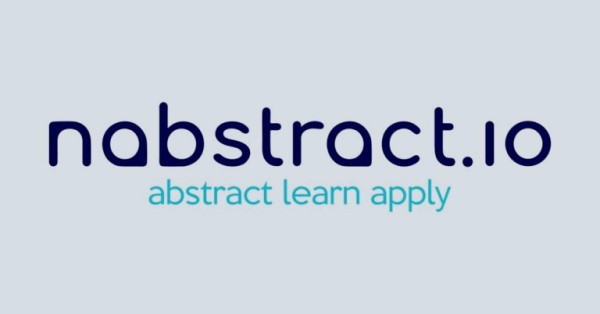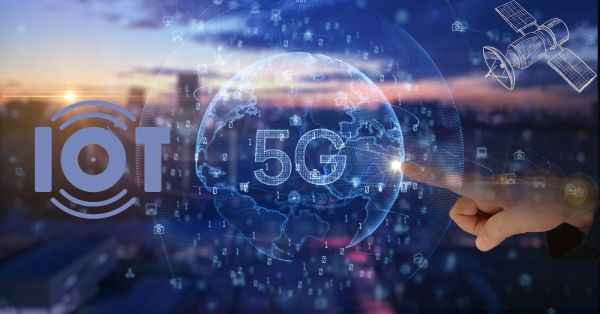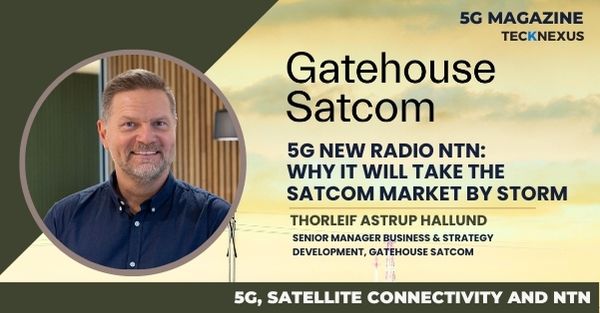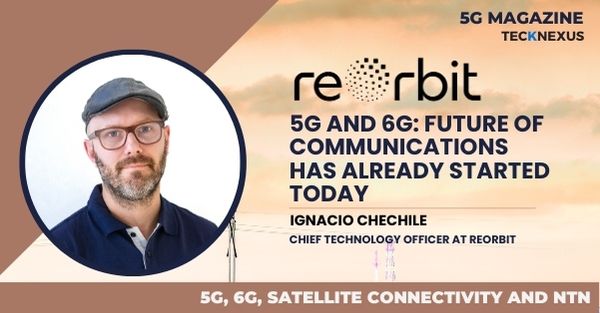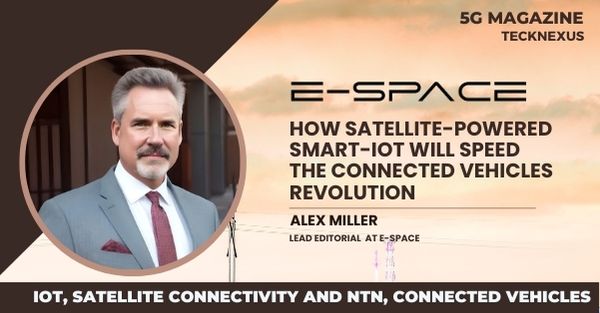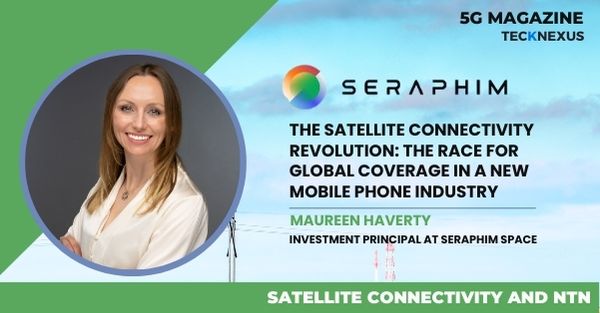MWC, Barcelona, Spain, 26 February,2024
Nabstract, a global enabler of Network API Platform for telcos, public cloud and CPaaS providers, Successfully demonstrates how CAMARA API enablement capabilities can help telecom community find new revenue-streams at the Mobile World Congress 2024 in Barcelona.
Nabstract demonstrates a complete 5G API monetization journey for telcos, with developers making access to API Marketplaces, Developer Portals to operate Sandbox and finally to 5G Network CAMARA APIs.
Telcos can adopt the Nabstract Platform and launch 5G API Network Platform business units to accelerate time-to-market for their offerings and open up new revenue streams.
“Today, the telecom industry is entering a new era of innovation and service availability and unlocking untapped potential by integration of customer use-cases with open networks via APIs. With the help of this API-based approach, Operators/MNOs can easily unleash enhanced service capabilities and create fresh monetization models,” Says Vaibhav Mehta, Founder & Director of Nabstract.
He further adds, “We are enabling a seamless bridge between developers and telecom operators by demonstrating innovative network capabilities unlocked by Nabstract network access connector modeled on CAMARA APIs on MuleSoft Anypoint Exchange.”
CAMARA Project is all about enabling API-based access to telco network capabilities. This revolutionary initiative is simplifying network complexities with the help of APIs. It reimagines the network framework for telcos and transforms them into robust service platforms. Application developers can use Nabstract CAMARA API Connector or SDKs available on Mulesoft Anypoint Exchange and connect Telco networks that are deploying GSMA Open Gateway platforms.
Driven by CAMARA APIs, this network evolution is opening up a number of possibilities for improved application-to-network integration.
About Nabstract
Nabstract brings in a vendor-agnostic API Monetization Platform, based on device, network & services, which converts complex network APIs into simple intent-based service APIs for Enterprises & Vertical Platform Developers. As an enabler for 5G B2B2X value-chain, Nabstract is engaged in the development of network exposure capabilities of 5G & Edge Cloud platform to build new differentiated services. Working with a B-2-B focus, the platform enables Telcos to get a leading edge by selling 5G connectivity and cross-industry digital products to enterprises, realizing faster monetization from the networks.
Reducing the complexity of the network infrastructure, the platform’s simple APIs streamline and accelerate application development, quickening deployment and ROI timelines for Telcos. With Nabstract APIs, they can integrate all the data sources, both on-premises and on the cloud, facilitating enterprises to build, manage, and scale applications across distributed environments.
MuleSoft, Anypoint Exchange, and others are among the trademarks of Salesforce, inc.
For More Information, please visit www.nabstract.io


